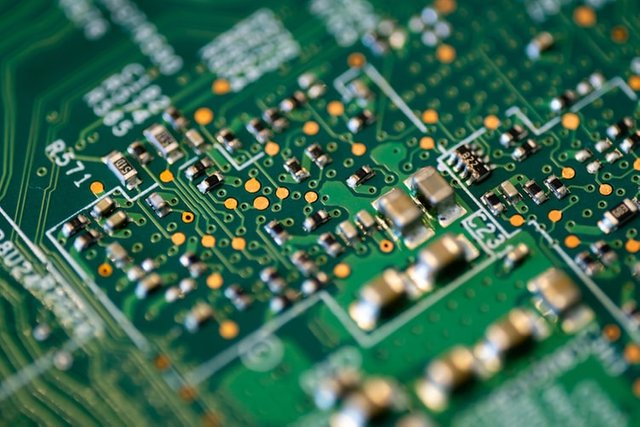Memristor is the short name for memory register. This is the fourth major component used in electronics. Scientists know its theory in 1971. But it took 37 long years to discover the device. This is such an important discovery that will very quickly change the look of our familiar computer. Textbooks have to be written anew.
The four basic quantities used in electronics are: voltage, current, charge and magnetic flux. The three basic interrelationships are: resistance which is between voltage and current, capacitance which is between voltage and charge and inductance which is the relationship between current and magnetic flux. Now, Leon Chua, a senior professor at the University of California, Berkeley, is the first to point out the existence of a fourth component of the relationship between magnetic flux and charge. He named it Memristor.
Last April, while researching different types of memory chips in HP's lab, a real memristor was created for the first time. This is a 2 pin component. Its characteristic is that when electricity flows from one side, its resistance decreases. Again, when electricity flows from the opposite direction, the resistance increases. We can hold the high-resistance state as logical 1 and the low-resistance state as logical 0. Even if the flow of electricity is stopped, its final condition remains intact. That means it's a natural 1 bit memory.
This memory is read by the directional electric current. As a result, there is no change in the stored information. The nearest rival to Memristor is Flash Memory - only 1 sq. Cm. The place has a capacity of 256 GB. Where a 100 gigabit memory chip is currently created with a memory card in an equal space that is about one-tenth the speed of DRAM. This is an unexpected success as an interior technology.
Funny thing is, DRAM is temporary but Memristor is permanent. This means that if the computer is made with memory, it does not need to be rebooted. Even if the power goes out, your work will be saved. After the power comes on, the PC will start immediately from where you were, no need to wait to boot the system.
The question is, how does Memristor work. In HP's lab, researchers removed some oxygen atoms from a very thin sheet of titanium dioxide and made it electrically conductive. This process is called "doping" and the resulting molecular spaces are called "holes". When the charge flows, the holes move to one side and reduce the resistance of the whole sheet. When the charge flows in the opposite direction, the plate returns to its original state. This way it can be kept on or off repeatedly.
This is a lot like preserving the memory of our brain. The more we practice memories, the thicker or stronger the synapses in the neurons. Similarly, more ions accumulate in the memory. Memristor is a tiny device. As a result, in the near future, it may be possible to connect the memory directly to the brain.
Transistors are currently the main component in the manufacture of microprocessors. The problem is that the number of transistors per unit area is not going to increase much due to its heat and corrosion on a small scale. And the main advantage of memorizer is that the smaller it is, the better it works.
According to Gordon Moore, co-founder of Intel, the number of transistors per unit area of a microprocessor will double every 18 months. For more than half a century this rule has been no exception. If the transistor is made with memory, the size of the device made with it will be reduced a lot. And it will consume much less energy. Gordon Moore's theory probably survived again.
Thanks for visiting my blog



Comments